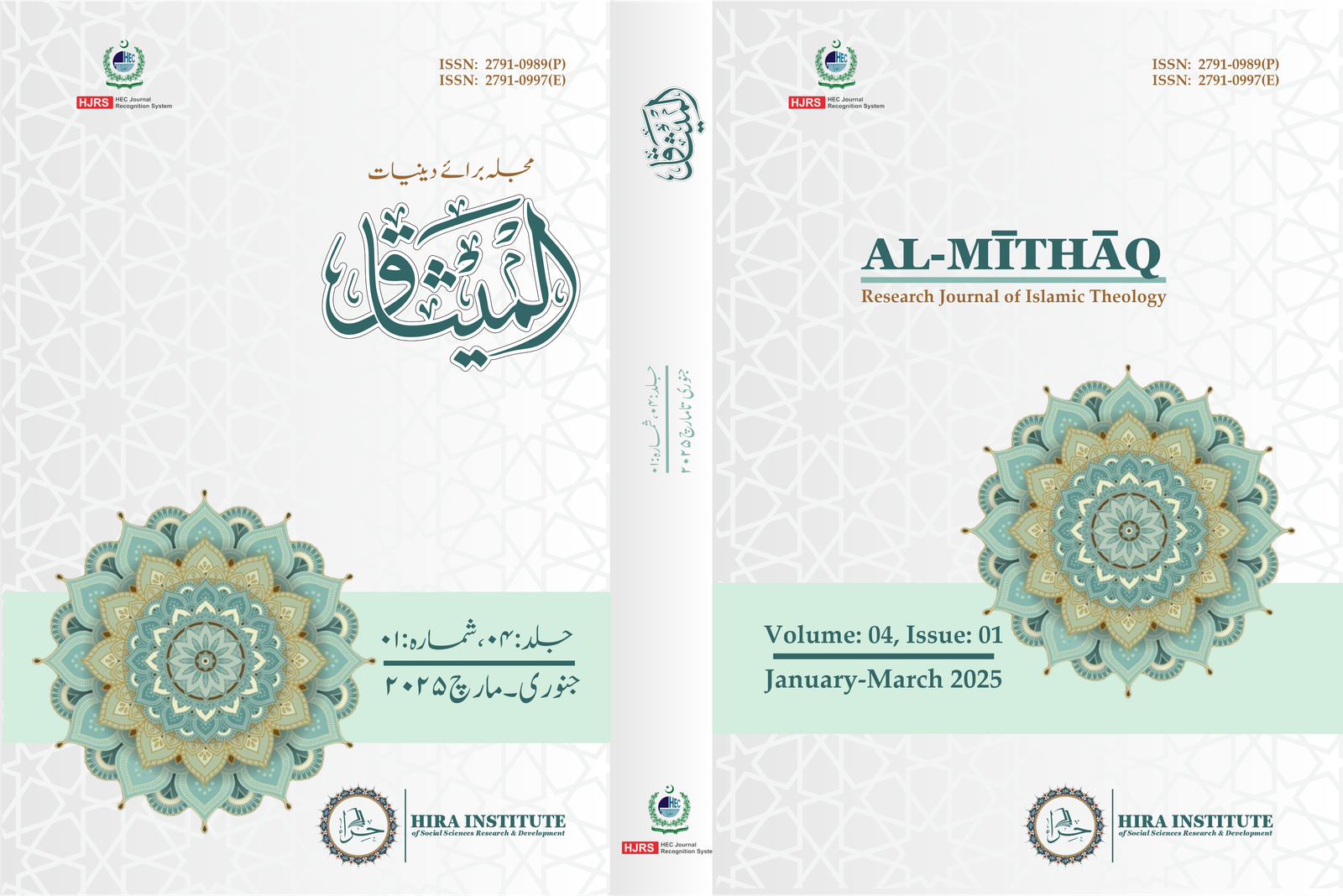The Effects of Extremism in the Light of Islamic Teachings
اسلامی تعلیمات کی روشنی میں شدت پسندی کے مضر اثرات
Keywords:
Extremism, Society, Intensity, Adverse Effects, Politics, Islamic TeachingsAbstract
This research examines the phenomenon of extremism, with particular attention to its detrimental effects in light of Islamic teachings. Extremism, understood as a deviation from moderation in thought and conduct, poses a serious threat to social harmony and national stability. The study begins by exploring the meaning, scope, and contemporary manifestations of extremism, including political, religious, and ideological forms. The urgency of addressing this issue stems from its destructive consequences across multiple dimensions of human life. Among the most severe are social fragmentation, rising intolerance, and the spread of hatred. Extremism undermines political trust, discourages foreign investment, and distorts religious values for violent agendas. It further contributes to moral decline, evident in aggressive behavior and diminished patience, while also damaging the education system through intellectual stagnation and suppression of critical thought. Additional consequences include youth radicalization, cultural erosion, and the weakening of family structures. In contrast, Islam advocates balance, justice, and compassion principles that stand in direct opposition to extremist tendencies. This paper argues that revisiting and applying these foundational Islamic values provides a constructive framework for countering extremism and fostering social peace and cohesion.







